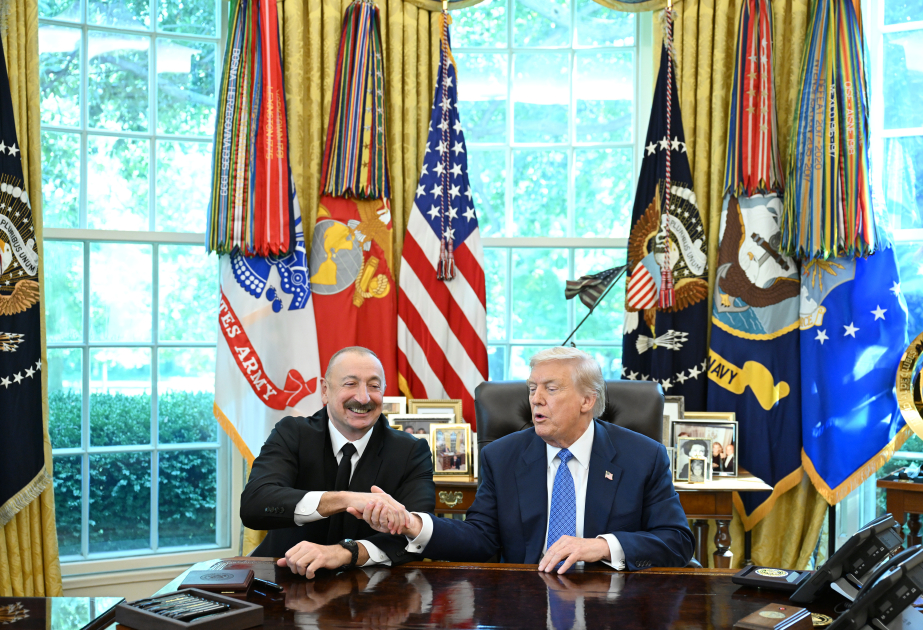New York, November 24, 2023, The Europe Today: Shoppers took to stores across the world on a Black Friday that appeared subdued compared with prior years, looking for discounted electronics, clothing and household goods in the kickoff to the holiday shopping season crucial to big retailers.
Brokerage TD Cowen lowered its U.S. holiday spending estimate to 2% to 3% growth, from 4% to 5%, as it forecast flat Black Friday traffic. Discounts in October and November removed the excitement and urgency of Black Friday.
“People have already got what they want,” said David Klink, senior analyst at Huntington Private Bank, which owns shares of Walmart and Target. “There are only so many big-screen TVs and Alexa [Amazon voice assistants] you can buy.”
With many consumers squeezed by persistent inflation and high interest rates, U.S. holiday spending is expected to rise at the slowest pace in five years. Most major retailers slashed their seasonal hiring. Retailers will likely continue to discount throughout the season to avoid inventory gluts at yearend.
Caution from shoppers — coupled with a strong quarterly performance from discount retailers like Target and Ross Stores — show lingering concern over inflation and a higher cost of living even as fears of a recession recede.
“People are more value conscious,” said Barbara Kahn, a professor at The Wharton School at University of Pennsylvania. “People are spending, but they’re spending more conservatively.”
A record 130.7 million people are expected to shop in stores and online in the U.S. on Black Friday this year, the National Retail Federation estimates. But at 6 a.m. on Friday at a Walmart in New Milford, Connecticut, the parking lot was only half full.
“It’s a lot quieter this year, a lot quieter,” said shopper Theresa Forsberg, who visits the same five stores with her family at dawn every Black Friday. She was at a nearby Kohl’s store at 5 a.m.
In Paramus, New Jersey, crowds at the Garden State Plaza mall were thinner than prior years, according to Michael Brown, a partner at consulting firm Kearney, who has checked shopping activity for the past 35 years.
“It wasn’t the good, old-fashioned kick-the-doors-down-type” shopping event this year, he said. Mall goers “were carrying a bag or two, not the armfuls that you would see in pre-pandemic years. They are not blowing the budget today.”
U.S. shoppers plan to spend an average $875 on holiday purchases – $42 more than last year – with clothing, gift cards and toys at the top of most shopping lists, according to a survey of 8,424 adults conducted in early November by the National Retail Federation.
The Black Friday tradition began in the U.S. but has gone global, as well as moving online. The rise of online shopping has reduced the importance of Black Friday as a single-day event.
Shoppers spent an estimated $7.3 billion online through 6:30 p.m. Eastern on Black Friday, a 7.4% increase compared with last year, data from Adobe Analytics showed. On Thanksgiving day, they shelled out $5.6 billion online, Adobe said.
“I think people are going to still spend on travel and leisure activities that might be online and not necessarily in stores,” said Jimmy Lee, CEO of The Wealth Consulting Group, which holds Amazon shares.














